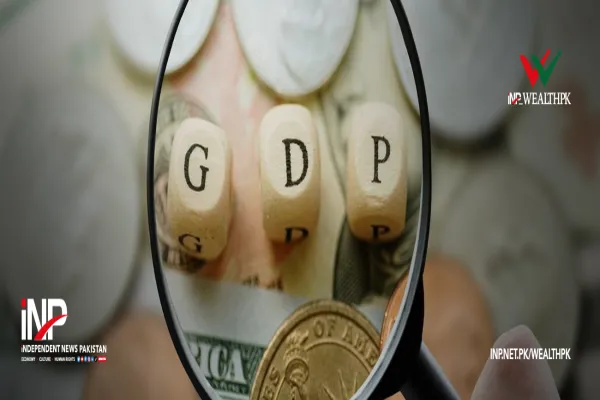i INP-WEALTHPK
Moaaz Manzoor
Pakistan’s monetary indicators remained broadly stable during the first quarter of FY2026, with inflation under control, liquidity adequate, and the Pakistan Stock Exchange (PSX) reaching historic highs, reflecting renewed investor confidence in macroeconomic management.
According to the Finance Division’s Monthly Economic Update & Outlook (October 2025), the money supply (M2) contracted by 2.6 percent during July 1–October 3, 2025, compared with a contraction of 1.9 percent in the same period last year. The contraction stemmed from lower net domestic assets (NDA), which fell by Rs1.245 trillion, even as net foreign assets (NFA) rose by Rs173.8 billion.
The report said that government borrowing for budgetary support had declined significantly, with Rs2.04 trillion retired compared with Rs1.28 trillion last year. This reduction freed liquidity for private-sector lending and reduced crowding-out pressures in the banking system. Private-sector credit posted a moderate expansion, with steady borrowing across manufacturing, telecommunications, and energy sectors. Economists said the trend reflected improving business confidence after a period of monetary tightening.
Meanwhile, Pakistan’s capital market recorded exceptional performance. The PSX gained 16,875 points in September, closing at 165,493 points, with total market capitalization expanding by Rs1.6 trillion to Rs19.2 trillion. By October 22, the benchmark KSE-100 Index stood at 166,553 points, its highest level in history. “The surge in equity markets mirrors improving investor sentiment following macroeconomic stabilization and the successful IMF review,” the Finance Division said.
It added that stable inflation expectations, improved fiscal discipline, and external balance strengthened investor confidence. The report also noted that the rupee had remained broadly stable against the U.S. dollar, while foreign-exchange reserves rose to $14.5 billion by mid-October. Economists said the combination of stable prices, declining yields, and positive equity performance signalled market confidence in monetary management. “Markets are responding to clarity and discipline in both fiscal and monetary policy,” one analyst observed.
The Finance Division said the monetary stance remained consistent with price stability and growth support. The State Bank’s real policy rate remained positive, ensuring inflation expectations stayed anchored while providing room for economic activity to recover. The report projected that continued stability in interest rates and exchange rates would reinforce financial sector resilience. “Prudent monetary policy will remain the cornerstone of macroeconomic stability,” it said.

Credit: INP-WealthPk









